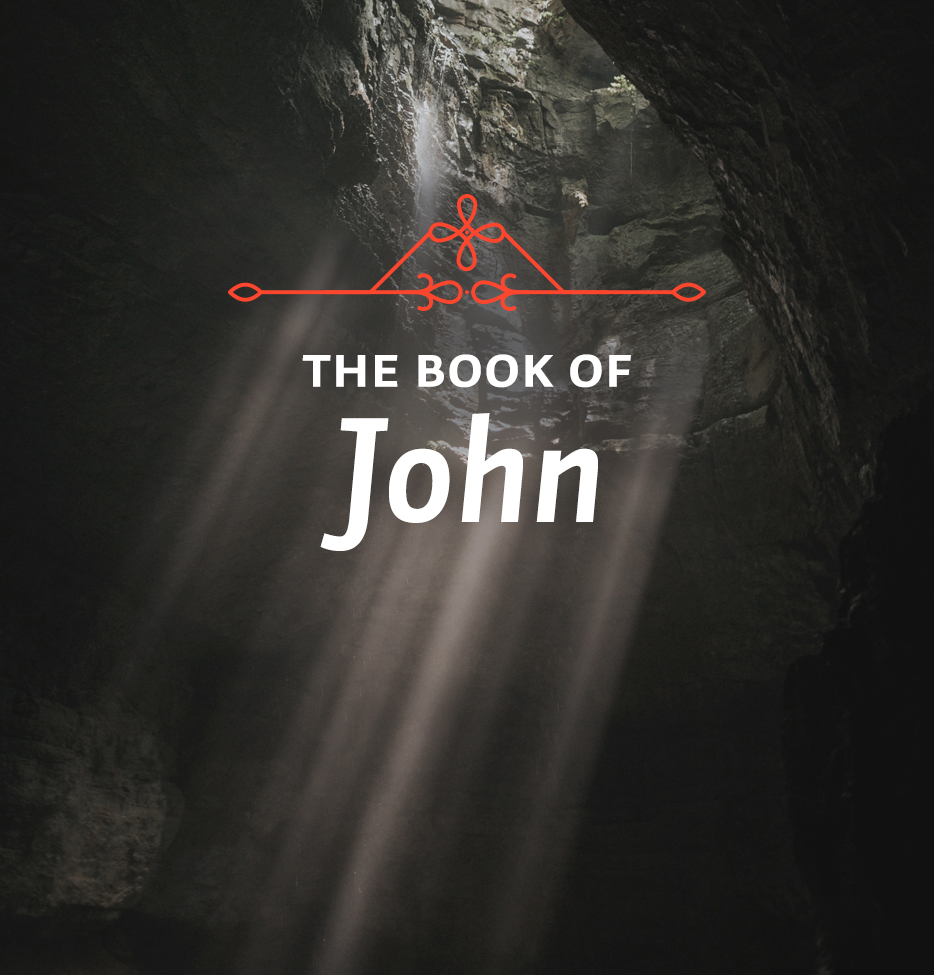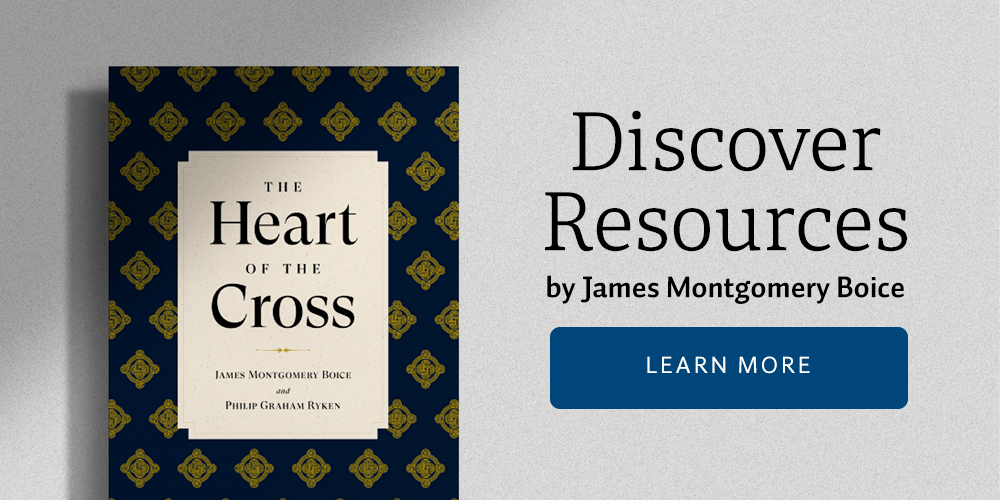Theme: That First Easter Morning
In this week’s lessons, we look at another story unique to John’s Gospel, and see what important truths are illustrated for us in Jesus’ encounter with Mary Magdalene after his resurrection.
Scripture: John 20:1-18
We come now to John 20, which is the story of Mary Magdalene and her meeting with Jesus Christ at the tomb following the resurrection. As we have been making our way through this study of these characters, it is interesting that most of these encounters with Jesus are unique to John. That’s somewhat surprising because we think of the four Gospels as telling the same story. In a sense, of course, they are telling the same story—that of Christ’s coming, his teaching, his arrest, his crucifixion, his resurrection, and his ascension. And yet, when we study these characters we find that most of them aren’t even mentioned in the other Gospels.
This is true, for example, for Nicodemus, the woman of Samaria, the woman taken in adultery, the man born blind, and Lazarus. None of that is elsewhere. John the Baptist is mentioned in the other Gospels, but the material in John is much more extensive. Also, although Mary Magdalene is mentioned in the other Gospels, this incident we’re going to study this week is not in them. This is also true of Peter, which we will look at next week. I think this means that we should give special attention to it. John said that these particular things were chosen by him so we might be led to faith in Jesus Christ, initially if we’ve never trusted him as our Savior, and to greater faith in him as our Savior and Lord if we have.
Now this story in John 20 is a remarkable one. It is one of the most poignant, and perhaps the most touching, stories in the Gospels. It is the story of this woman who loved the Lord Jesus Christ a great deal and came to the tomb early on that first Easter morning with no idea whatsoever that he had been raised from the dead. Yet, by the grace of God she was the first one to see Jesus after the resurrection.
There was a lot going on that morning, and it’s worth looking at it because all of this is background to her story. We perhaps don’t normally think of this first Easter as being a particularly active morning, but it was. First of all, early on that morning, indeed while it was still dark, some women got together to go to the tomb. They had been the ones that had been close to the party of disciples and to Jesus throughout his ministry. We’re told on one occasion that some of them at least had ministered to the disciples and their traveling party out of their own substance. It means they used their money in order to support the group as it went around with its itinerant ministry. We’re not told in any one place who all these woman are, but when you put the various accounts together, you find out who a good many of them were.
Of the women who went, John only mentions Mary Magdalene. Looking at the other Gospel accounts of this resurrection morning, we learn that at least six women went to the tomb. They mention by name Mary Magdalene, Mary the mother of James, Salome, and Joanna. And then from Luke’s account we learn that there were others. Now these women went to the tomb in order to anoint the body of Jesus. They had been present in Jerusalem that weekend and had witnessed the crucifixion. They had seen Jesus’ suffering and death. They had seen the soldier thrust the spear into Jesus’ side. They had seen the bodies taken down. And they had noted where the body of Jesus had been buried. They determined that as soon as they were able, which meant after the Saturday Sabbath, they would go to the tomb and they would anoint Jesus’ body, sort of paying their last tribute to the dead for the one whom they loved very much. That’s what they were doing there in the garden early on that first Easter morning.
They came, as one of the Gospels says, “while it was still dark.” As they were making their way through the dark streets of Jerusalem to the garden tomb, it began to get light enough that they could actually see where they were going. When they got there, they saw that the tomb had been disturbed. They knew that it had been sealed by the Romans, with a guard appointed to watch the tomb. Now, as the women drew nearer, they saw that the stone was gone. What had happened? Had grave robbers been there? Did something disturb the tomb that they should be afraid of?
They stand there talking about all this, and they decide before they’re going to go on any further that really the disciples need to be told about what they saw. Now most of the disciples were not in Jerusalem. Each night of Passover week, they and Jesus had been sleeping in Bethany. On that last night, the night of his arrest, they’d been making their way back to Bethany going up the Mount of Olives, which they would have crossed and gone slightly down the other side into the city where Mary of Bethany and Martha and Lazarus lived. It was on that last journey that the arrest had taken place. The disciples certainly would not have scattered in the direction of Jerusalem; that’s where Jesus’ enemies were. They would have kept going in the direction they were headed, hoping perhaps to meet up in Bethany and get together again.
Study Questions:
Review some of the encounters Jesus had with people not mentioned in the other Gospels. What do we learn about Jesus from these conversations?
Recount what takes place on the morning of Jesus’ resurrection.






